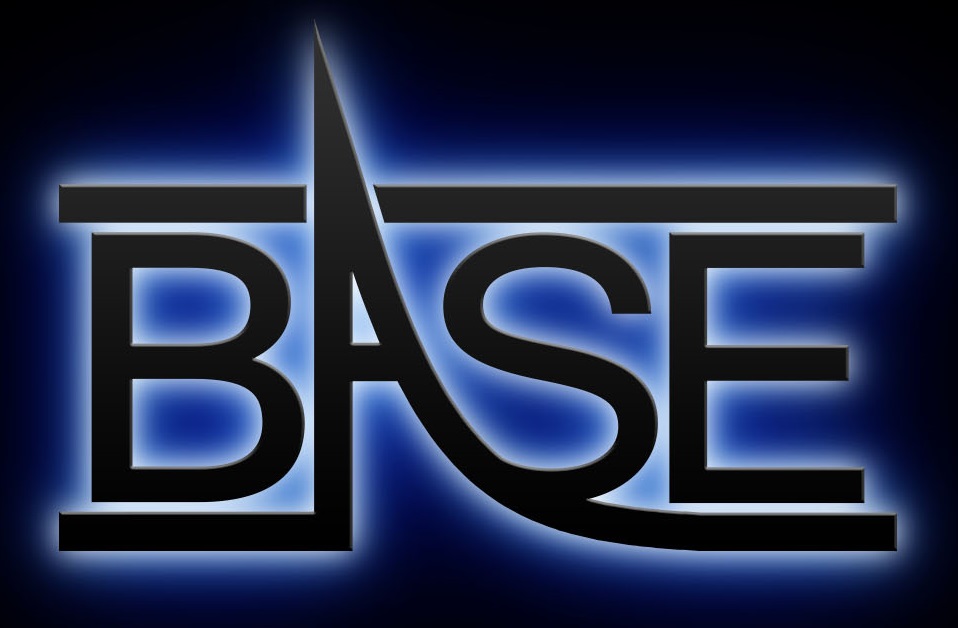Comparison of the Antiproton to Proton Charge to Mass Ratio
In a paper published today in Nature we report the high-precision comparison of the antiproton-to-proton charge to mass ratio. In our measurements we compared the cyclotron frequencies of antiprotons to that of negatively charged hydrogen ions, which are used as a proxy for the proton. We achieved a fractional precision of 69 parts in a trillion, which corresponds in our magnetic field of 1.95 Tesla to an absolute energy resolution of 2mHz. Our result is consistent with CPT invariance.
